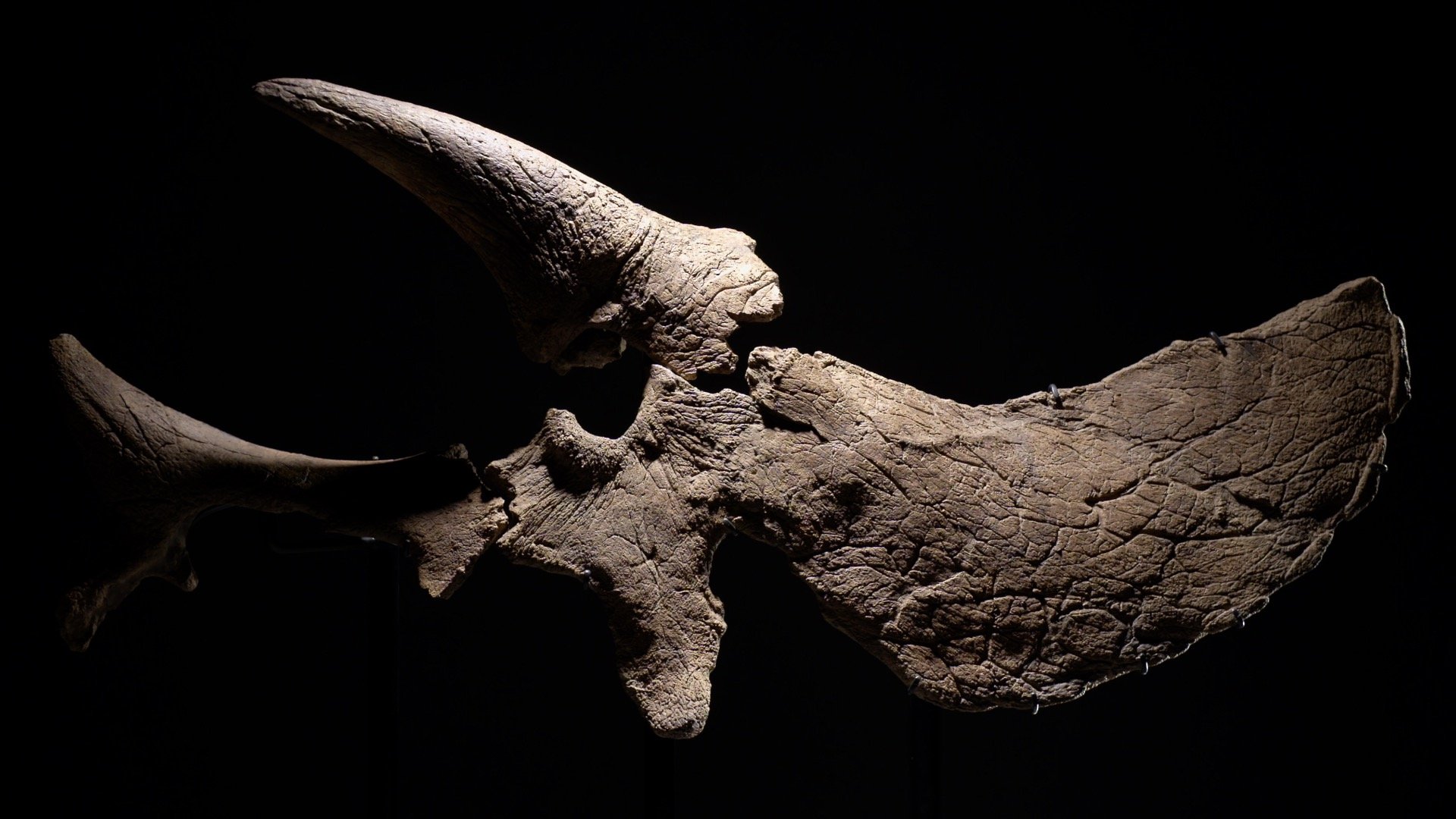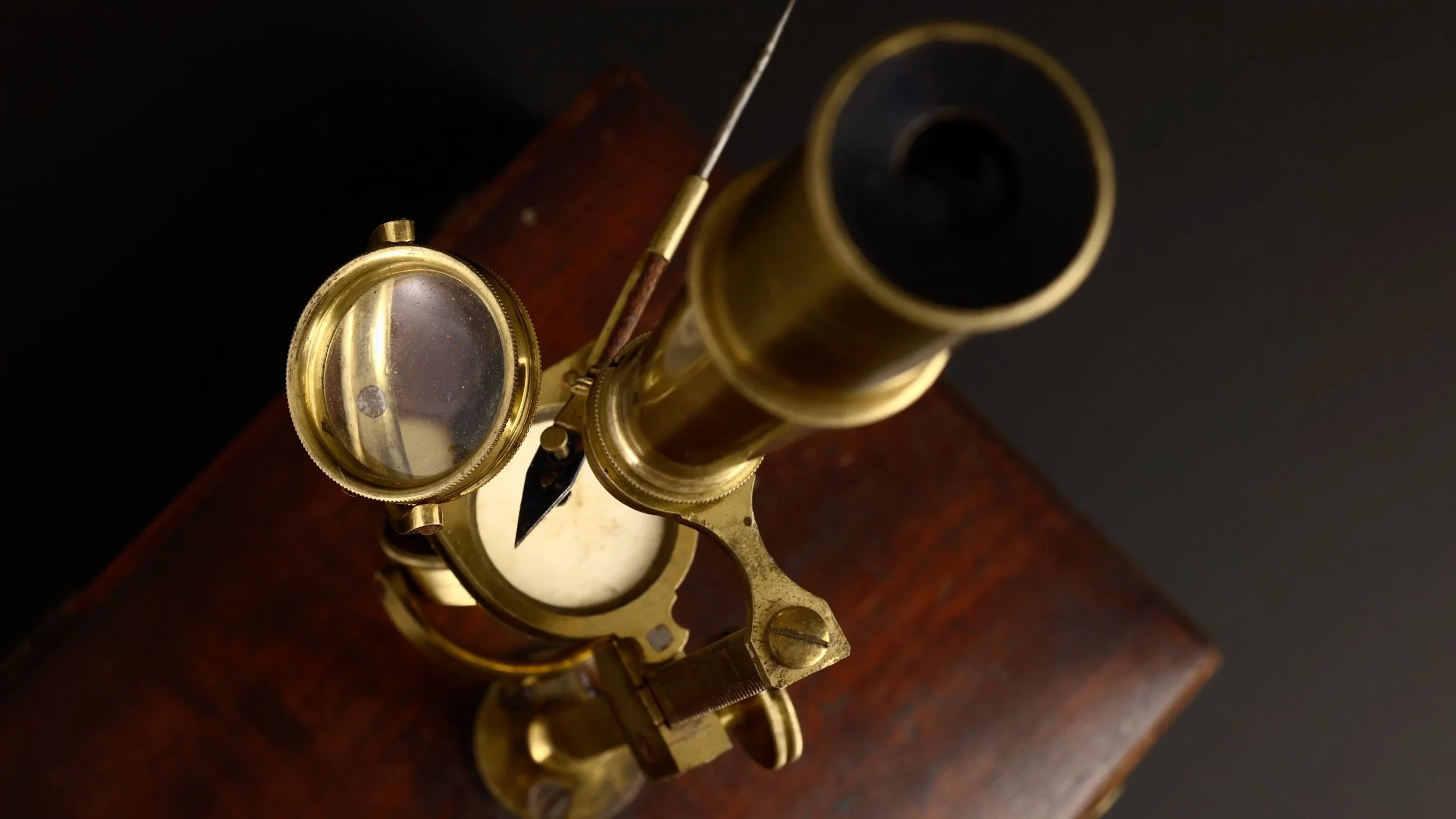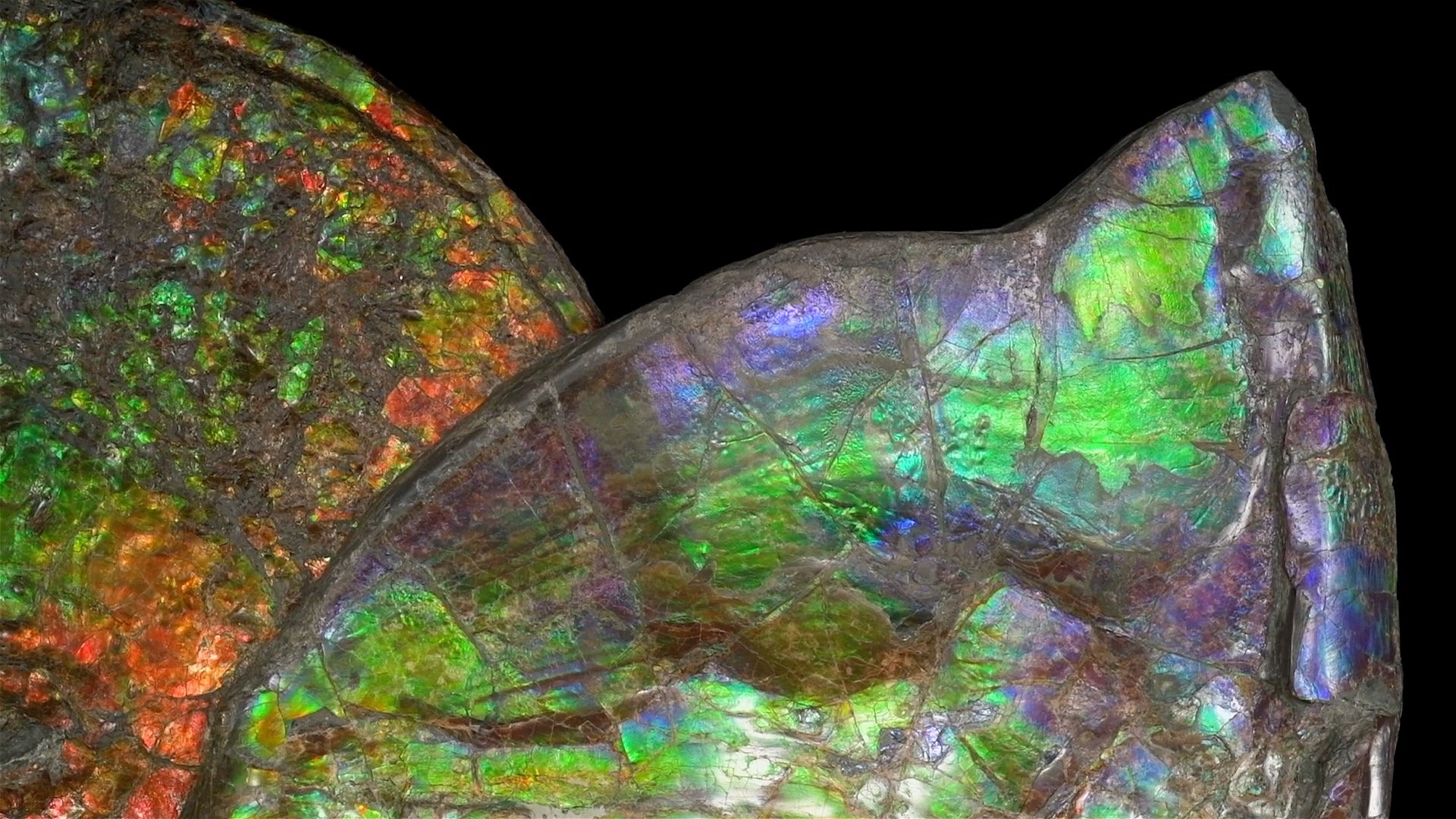
Travel, Science and Nature
Triceratops Skull
A partial skull of a fully grown Triceratops prorsus from the Maastrichtian, late Cretaceous period (68-65 million years ago).
the Triceratops is one of the most famous species of dinosaur. They lived contemporaneously with the Tyrannosaurus rex in the late Cretaceous — the final period of the dinosaurs that ended with their mass extinction approximately 65 million years ago. The skull of a Triceratops is emblematic of the creature’s strong defence and counter-attacking threat, and among the most recognizable skulls of any animal, alive or extinct.
This lot video, created for Christie’s Science and Natural History Department was a challenge! Especially as the skull could not be moved. Curved sections of track and a dolly were used to orbit the camera around the fossil to create movement and engagement while moving a spotlight over the piece for the establishing shot, again challenging due to the height of the Triceratops skull and it’s stand, gives an impressive reveal to begin the lot video.
This partial Triceratops skull fossil sold for £94,500 at Christie’s in May 2023.
Charles Darwin’s Microscope
The Charles Darwin Family Microscope. A lacquered brass microscope circa 1826-1830
A Gould-type monocular microscope signed on the arm 'Cary, London' in original mahogany box with accessories.
Provenance
Charles Darwin (1809-1882)
Leonard Darwin (1850-1943)
Edward Leonard Darwin (1934-2020)
It was a great honour to be asked to create this video of the the only Darwin Microscope to have ever been offered at auction.
This video was created for Christie’s Valuable Books and Manuscripts sale in December 2001, I decided that it would be interesting to record the microscope being built, starting with showing it in the fitted case until it was fully constructed just as Charles Darwin would have used it.
The auction estimate was £250,000-£350,000 but the microscope went on to achieve £598,500, at Christie’s London in December 2021.
A Large Iridescent Ammonite
From the Upper Cretaceous, Bearpaw formation (75-72 million years ago), the 22-inch specimen of Placenticeras meeki showing iridescence of red, green, yellow, orange, blues and purples to both sides is a fantastic specimen.
The opal like iridescence of these ammonites from Alberta, Canada has been termed "ammolite" - and since 1981 has had the status of a gemstone. The shimmering, metallic colours were caused by the combination of millions of years of compression and the mineralization of iron, copper and silica which precipitated from volcanic ash.
Ammonites are a group of molluscs that lived in the seas from the mid-Devonian (approximately 400 million years ago) to the end of the Cretaceous (65 million years ago). The sequence of events that famously killed off the dinosaurs also drove the ammonites to extinction.
The Brief from James Hyslop, head of Christie’s Science and Natural History department in London was ‘Please try and capture as much of the iridescence as possible!’ I think we fulfilled the brief!
Estimated to sell for £60,000-£90,000. This Ammonite broke the the record for this type of collectable fossil eventually selling for £325,000 at Christie’s London in October 2020.
A Rare 4-rotor Enigma Cipher Machine
A rare 4-rotor Enigma cipher machine by Heimsoeth & Rinke. It was one of the first 4-Rotor M4 Enigmas to be manufactured by the Germans for their Navy, made between September and December of 1941. From the original “merkblatt” document inside the cover of the Enigma it is clear that this German Naval 4-rotor Enigma was issued to the 24th U-boat flotilla.
Very few M4 Enigmas survived the war - M4 Enigma machines were produced in much smaller quantities than the 3-rotor machines. In addition, multiple M4 Enigmas were deployed with each U-boat and the majority of these were lost when the boats were sunk in combat or scuttled by their crews at the end of the war. The Germans were also ordered to destroy all of their Enigmas, and after the war ended Churchill instructed all remaining machines in British hands to be destroyed.
One of the rarest and hardest Enigmas to decrypt; Allied efforts to break the M4, under the leadership of Alan Turing and Joe Desch, used information and ideas developed by brilliant Polish mathematicians to create what many call the world’s first programmable computers to defeat the M4 Enigma code.
Auction estimate: £300,000-£500,000



